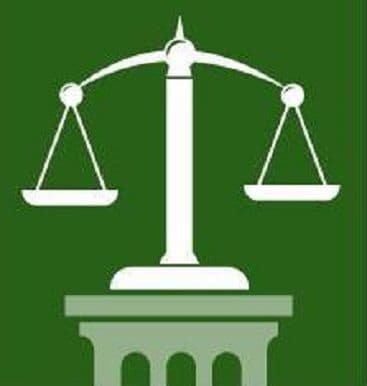Most assume that in a rear-end auto accident the following driver is always at fault. The following driver is disfavored and usually at fault – but, not always.
Although the primary duty of avoiding a collision rests upon the following driver – if there is an emergency or unusual conditions, the following driver is not negligent even if he runs into the car ahead.
A recent Washington Court of Appeals case illustrates this point.
A hit-and-run driver clipped a woman’s car, then exited the interstate and disappeared. The woman served out of control, coming to rest perpendicular to and partially blocking traffic behind her. The car following her struck her vehicle, and she was injured.
The injured woman could not remember any details of the accident.
The following driver and his wife (who was a passenger) testified that it all happened very quickly, that the wife shouted to her husband to hit the brakes, and that he did so but was unable to stop.
The trial court held that the following driver was not liable as a matter of law and dismissed the case. The Court of Appeals reversed, holding that the evidence could arguably establish that the following driver was not acting reasonably.
Although the following driver claimed to be traveling 5-6 car lengths behind, he did not break hard until the injured woman’s car spun sideways and/or his wife yelled for him to slam on the brakes. In explaining why he was unable to bring their car to a controlled stop before the collision, the following driver’s wife acknowledged that the accident “happened fast … it was just like a second” – tending to support the argument they were following too closely. This evidence suggests both a relatively short interval between the phantom vehicle’s contact and the ensuing collision, as well as some delay in the following driver’s reaction to the erratic movements of the injured woman’s car.
The Court of Appeals also noted that in rear-end collision cases, the degree to which the following driver is required to anticipate the likelihood of sudden stops by the preceding car necessarily depends on the specific factual circumstances. Consequently, except in rare cases, questions about the existence of an emergency or unanticipated condition or whether the following driver was traveling too close under the conditions are for a jury.
Although the injured woman will get her day in court, she had to endure a trial court dismissal and then an appeal to get it. And, at trial the jury could still accept either side’s arguments.
In most rear-end collision cases the following driver is at fault. Still, this not always the case. If you have been injured in a rear-end auto accident you should have your case reviewed by an attorney.
By personal injury attorney Travis Eller

